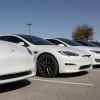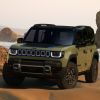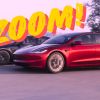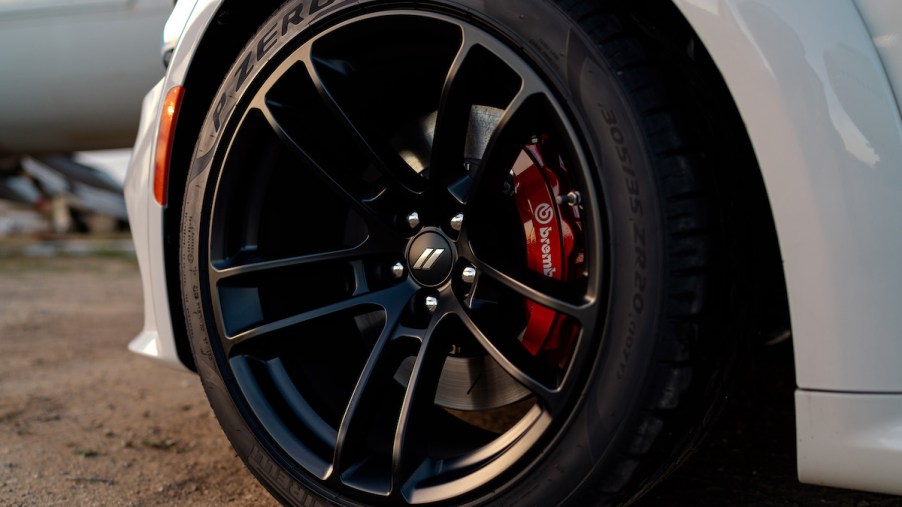
2 Non-Luxury Brands Still Without Any Hybrids, PHEVs, or EVs Sold in America
Hybrid cars not only offer substantial fuel savings, but they’re also better for the environment than traditional gas-powered cars. With upcoming legislation imposing zero-emissions requirements on automakers, more brands are producing hybrids and plug-in hybrid (PHEV) models. Many manufacturers have also released all-new EV models.
In fact, only two non-luxury auto brands have yet to offer any of those three vehicle types. What do their current lineups look like, and when will they catch up with their rivals?
You still can’t find a hybrid or electric Dodge model — yet
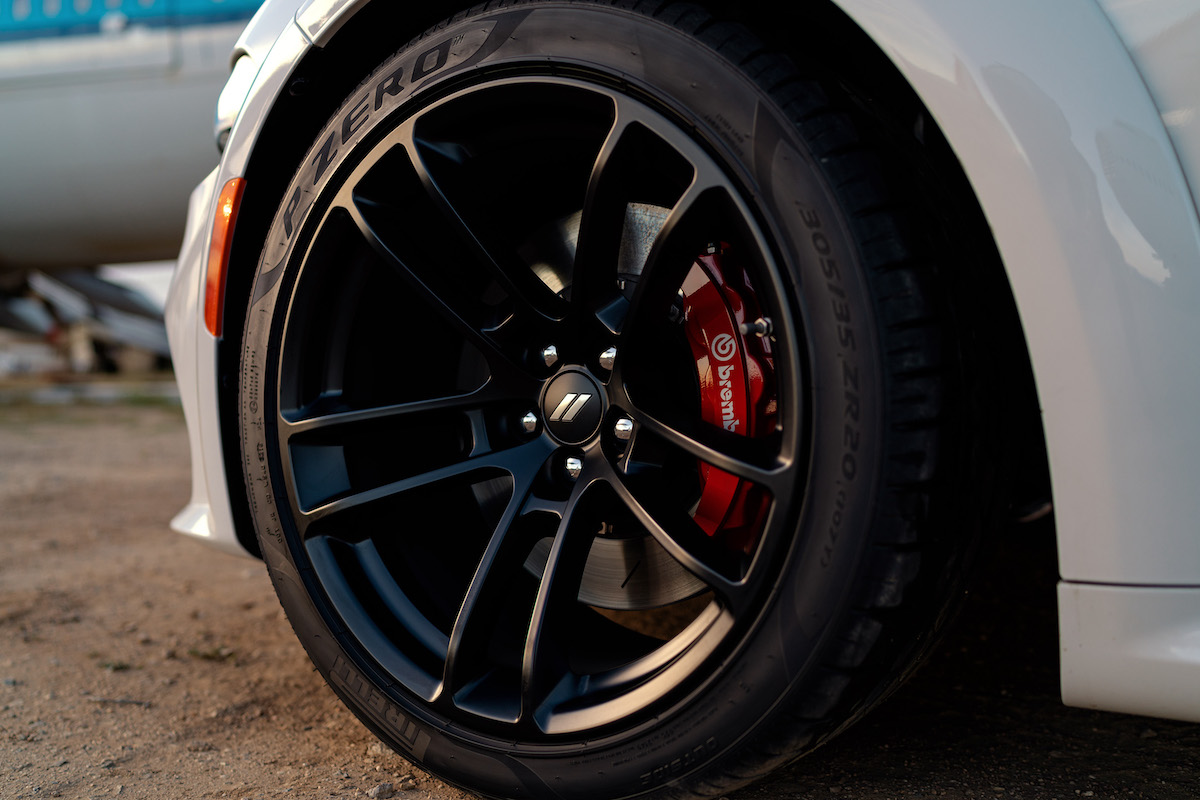
Dodge has three models in its 2022 lineup: the Challenger and Charger muscle cars and the Durango, the sole SUV.
Though the Hellcat engine is no longer available, the Durango can produce up to 475 hp with the 6.4-liter V8. Models with the 295-hp V6 paired with an eight-speed automatic transmission.
Dodge claims the Durango has ideal weight distribution and a competitive maximum towing capacity of 8,700 pounds. Packages allow buyers to customize the exterior with black accents, racing stripes, and other details. The interior seats up to seven riders, and the third row’s dimensions reasonably accommodate adults.
The Dodge Charger, one of America’s most iconic muscle cars, also returns this model year. It offers a vast range of engines, including a supercharged Hellcat Hemi harnessing 797 hp and 707 lb-ft of torque. Every SRT model also comes with an adaptive suspension and six-piston Brembo brakes, plus 20-inch tires for Widebody versions.
If you opt for the high-performance suspension, your Charger will have Bilstein shock absorbers. Four-piston Brembo brakes are also available, optimized for traction control instead of performance. The Charger, which has four doors and seats five, has a spacious interior compared to most traditional sports cars.
The Dodge Challenger shares the same engines as the Charger, but the former has a coupe body style with two doors. Additionally, Car and Driver discovered that the Charger with the Hellcat engine is the slower of the two cars. The Charger Hellcat needs about four seconds to hit 60 mph, but the Challenger Hellcat can do it in 3.7 seconds.
The Challenger also has a slightly shorter wheelbase, so passengers in the backseat won’t have as much legroom. In addition, the cockpit is more streamlined to help the driver focus on performance, but it still has the same tech features as the Charger.
Ram doesn’t offer any hybrids or EVs either
The only passenger vehicles this automaker produces are the Ram 1500 pickup, its Classic version, and heavy-duty variants. Its standard pickup makes 305 hp and has an eTorque regenerative braking system to increase torque and fuel economy. The powerful Ram 1500 TRX packs a Hellcat engine producing 707 hp and 650 lb-ft of torque.
The Ram 1500 has a maximum towing capacity of 12,750 pounds if the engine doesn’t come with eTorque. This truck also offers two cargo bed sizes and one of the smoothest rides of any full-size truck.
What are Dodge’s and Ram’s electrification plans?
C/D says the upcoming Dodge Hornet will boast a PHEV variant with more than 30 miles of range. The Hornet R/T is a compact SUV with standard all-wheel drive and 285 hp on tap. The Challenger and Charger will also get electric powertrains in the upcoming years.
We’ve seen a few teaser photos of an electric Ram 1500 pickup, but the automaker has yet to release powertrain specs. MotorTrend predicts this truck could boast 500 miles of range and debut in 2024.
